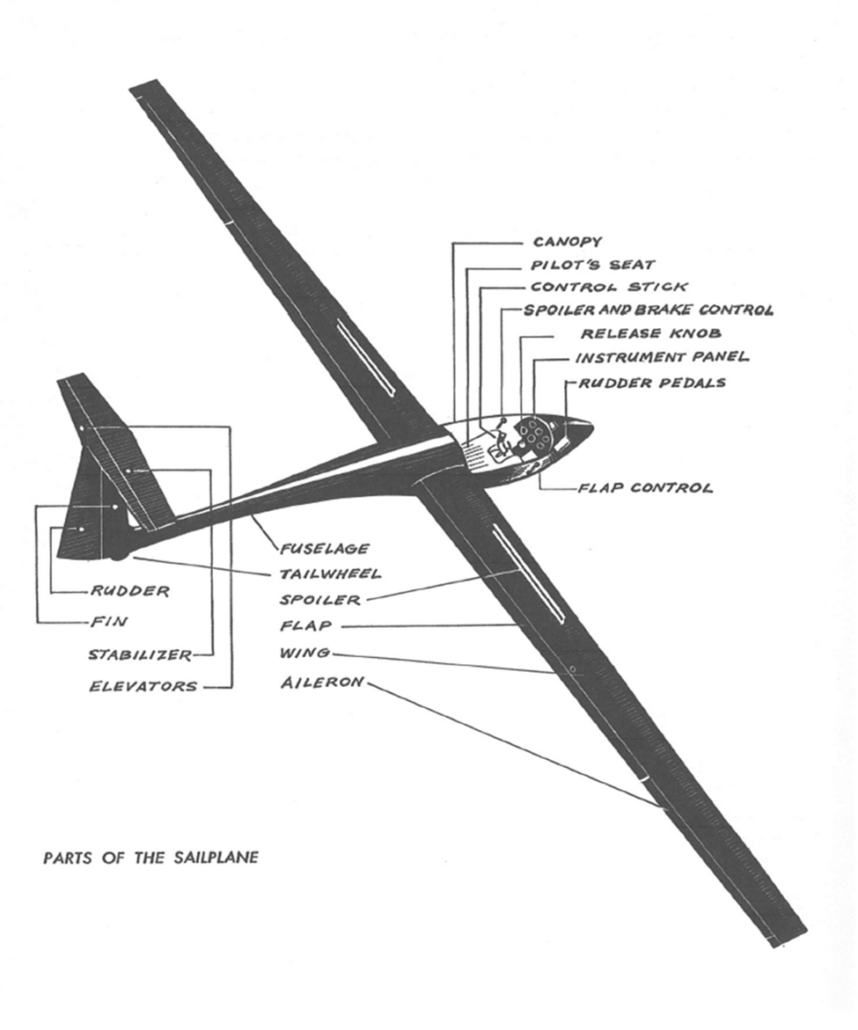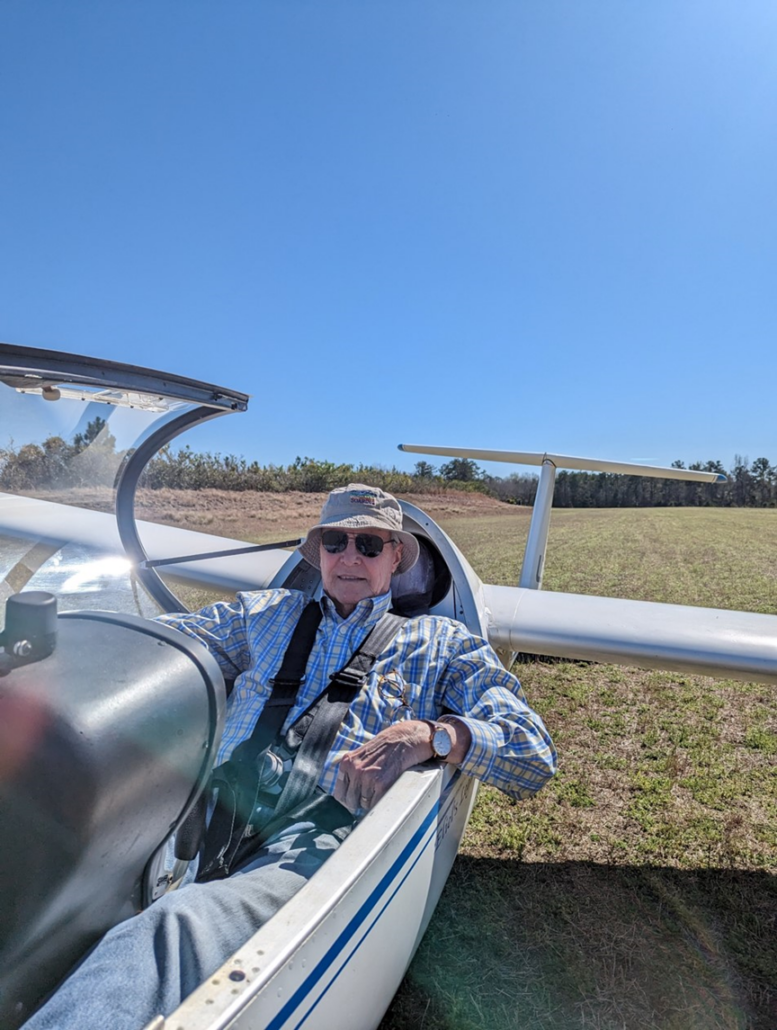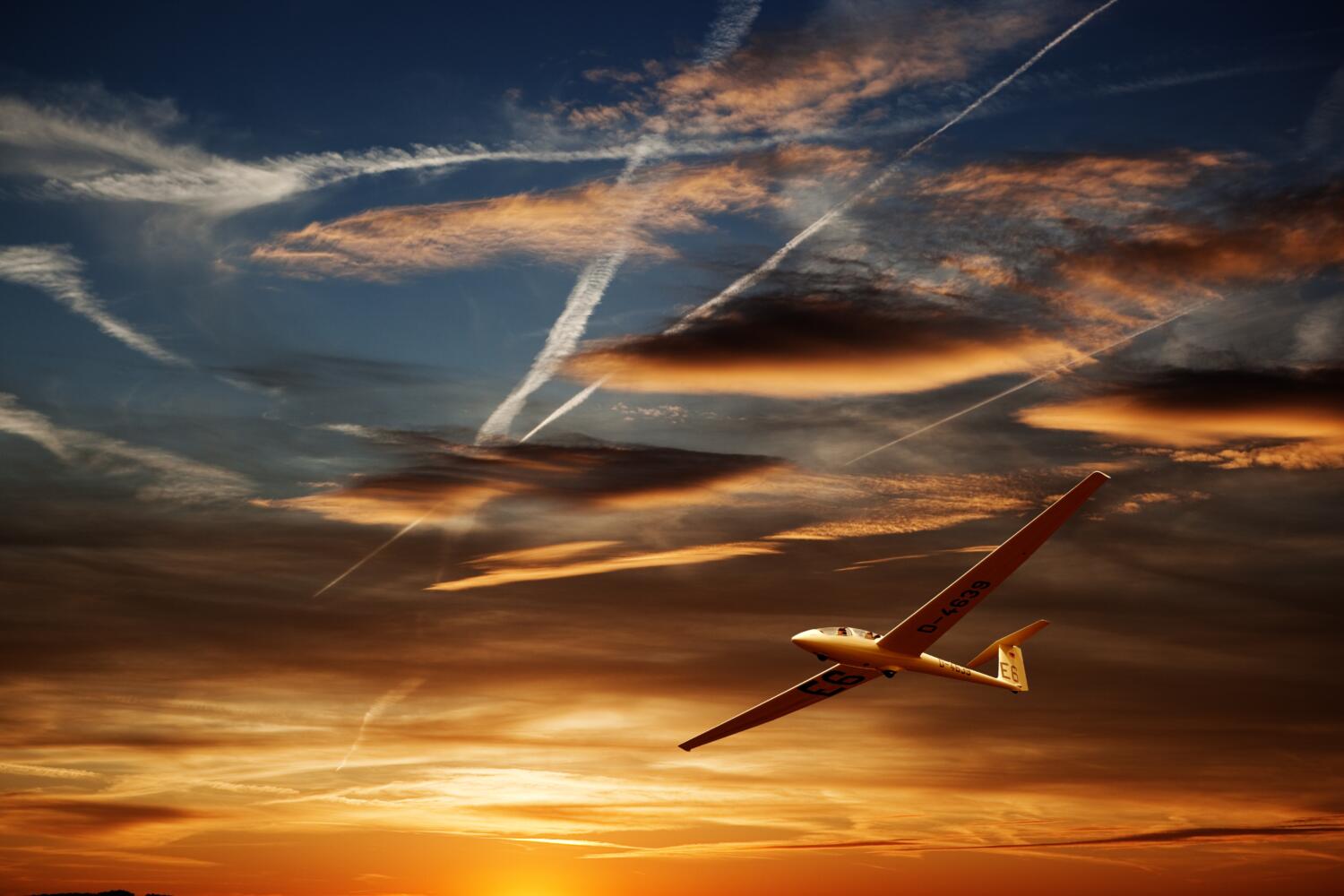You Can Soar Like an Eagle
Author: Nathan Kroon | Student Leader, Living Education – Charlotte, 2022-23
Estimated Reading Time: 4 min.
Mr. Dexter Wakefield, Director of Business Administration in the Living Church of God and teacher of the Biblical Communication class at Living Education–Charlotte, has always had an affinity for airplanes.
It started in his youth, when he would build model planes and ride in planes that his father piloted. “He only had to pull me out of a dive a few times,” he said, jokingly. He has had a pilot’s license since the 1980s, and now primarily flies gliders, which requires an extra certification. He occasionally will briefly discuss his flights with the students in his classes. By popular demand, he gave the students a forum about his adventures in flying and on certain principles of flight.
Intro to Gliders
Gliders, also known as sailplanes, are capable of climbing thousands of feet into the air. Mr. Wakefield showed this illustration to the students to show them all the different parts of the glider:

The airfoils on the craft are designed to keep precise airflow over the glider’s surface. When the wind and the angle of the airfoils produce lift, drag is also created. The ratio of lift to drag is important, and depends on the weight of the plane. Low performance planes generally have a lift-to-drag ratio of 20:1. Medium performance planes will function at 30:1, and high performance planes do well at 40:1 to 60:1.
Thermal Dynamics
Gliders require a tow plane to perform a takeoff. Once in the air, gliders will typically use “thermals” to pull them higher. Thermals are columns of rising air, caused by warmer air temperatures on the ground. The heat being produced from the ground causes the air to destabilize, form a bubble, and create a column of rising air. The released moisture from the air forms into clouds, and this tells the pilot where the best lift can be found. Mr. Wakefield stated that he has flown with eagles and buzzards. Birds will fly in a circle in the thermals. Pilots learn to fly with the circle, not against it.. Thermals are stronger towards their middle, so pilots will try to fly in the center of the thermal.

Flying High
Mr. Wakefield said that pilots can also fly through what are called high altitude waves, but they need clearance to be able to fly above 18,000 feet in them, because above that altitude is controlled airspace. It’s also necessary to wear an oxygen mask above 12,000 feet. Mr. Wakefield took high-altitude training at an Airforce base, back when they would train civilian pilots. One thing that they will teach you is that, above 25,000 feet, you have about three minutes of useful consciousness. At 30,000 feet, it’s about only about 30 seconds. This is why they instruct adults on airliners to put an oxygen mask on themselves first, before they put one on their child, in case of an emergency. High altitudes can make a person feel great, at first, but they can cause a brain to function poorly. Fingertips and lips will also begin to turn purple. One of the better parts of flying high, Mr. Wakefield stated, is slowing down enough to stall speed. When you enter a speed lower than stall speeds, the plane will stop flying and start falling. However, pilots are taught how to pull out of a stall if one occurs, so Mr. Wakefield will let the plane enter a series of dives, and then safely pull up, allowing the ride to feel like a roller coaster. Being a pilot can be a lot of fun!

Nathan Kroon is a Student Leader at Living Education. He originally hails from Washington State and is a 4th generation Christian. Currently, he works at Headquarters as a Video Editor and is the Lead Landscaper at the LivingEd dorms. His hobbies include playing guitar, listening to music, drawing, and watching movies.









